Liposuction Scars: Ways To Manage Them
Simple tips prevent or reduce scarring due to the fat-removal procedure.

Liposuction is a procedure that involves suctioning out fat from an area of your body through tiny incisions in the skin. But the real question is, does it leave behind liposuction scars?
Liposuction scars are uncommon, and not everyone who has this operation done experiences visible scarring. In most situations, the scars fade away with time. While you cannot get rid of these scars completely, you can make them appear less apparent. If you are considering getting liposuction done but are concerned about the possibility of scars, check out this article. Here, we discuss everything you need to know about healing liposuction scars and tips to prevent them. Keep scrolling down to learn more!
In This Article
Can Liposuction Cause Scars?
Yes. Liposuction can cause scarring. However, it depends on multiple factors. They include (1):
- Genetic Factors: Some people tend to develop scars easily than others.
- Age: With age, the natural healing ability of the skin declines. This may lead to improper scar healing.
- Skin Color: People with a darker skin tone may experience hyperpigmentation at the incision site, which may become darker because of excess melanin.
- Sun Exposure: Frequent sun exposure can interfere with the healing process and cause hyperpigmentation and visible scars.
- Other Factors: Some people tend to develop keloid scars. It happens when the body produces excess collagen, leading to a raised scar on the incision site. Discuss with the surgeon beforehand to avoid keloid scars.
- Poor Incisions: Poor placement of incisions may cause visible scars.
- Over Liposuction: Multiple liposuction sessions and puncturing the same spot several times or in the vicinity of another incision may leave behind scars.
The size of the incision also matters. For instance, if you are undergoing chin liposuction, it requires around a 1mm incision, which is extremely small and does not cause visible scarring. Moreover, if your skin is less elastic, it may develop scars while healing.
Charlene, a blogger, shared her experience with liposuction surgery in her blog. She said, “There will be scar post Liposuction surgery, approximately 1 cm and usually it will be hidden at the bikini line (i).” She added, “But for sure, my thighs are now with better shape and they would look better if I could push myself a little harder doing more exercise.”
Scarring is a sign of the skin’s natural wound healing process, and all these factors influence it. Each case and procedure is unique, and it is best to discuss with the doctor about the possibility of scarring and ways to avoid them.
 Trivia
TriviaThere are several approaches to liposuction scar management. Let’s take a look at them.
Key Takeaways
- Liposuction can leave behind scars, depending on genetic factors, age, sun exposure, and more.
- You can use home remedies, chemical peels, and cryotherapy to reduce liposuction scars.
- Maintain a healthy diet and drink plenty of water after liposuction to avoid scarring.
Liposuction Scar Management
Though liposuction-related scars fade and reduce overtime, there are two ways of effective liposuction scar management:
Non-Surgical Scar Reduction And Removal Methods
1. At-Home Treatments
These treatments promote better-wound healing and collagen synthesis, reducing the chances of scarring. Vegetable oils like sunflower, sea buckthorn, olive, coconut, argan, rapeseed, rosehip seed, and avocado oils contain linoleic acid that promotes skin barrier repair and stimulates dermal reconstruction by producing collagen (3), (4). Anything that moisturizes the area well heals it better with lesser chance of scarring.
These ingredients keep the skin moisturized and improve its elasticity, which is crucial during wound healing. Applying silicone gel and vitamin C also improves the appearance of fine surgical scars (5).
 Pro Tip
Pro Tip2. Silicone Gel Sheets
Silicone gel and gel sheets are prescribed by the surgeon for post-operative wound healing. Hydration is crucial for proper wound healing. If your skin is dehydrated, the keratinocytes in the skin layer produce cytokines, which signal the fibroblasts to produce excessive collagen, causing raised scars.
Silicone gel sheets provide proper occlusion and hydration, creating a moisture barrier to prevent the skin from overcompensating with excessive collagen production and scarring (6).
3. Chemical Peels
Chemical peels can help fade hyperpigmented scars. This is an in-office procedure performed by doctors and trained aestheticians. Usually, they use different concentrations of alpha-hydroxy acids and retinoids to remove the outermost layer of the skin and improve the texture. The strength of the peels depends on the severity of the scars and your skin type.
Care and precautions must be taken before performing a chemical peel procedure, as everyone’s skin responds differently to this procedure. Redness in the treated area is a common side effect of this treatment, which goes away after a few days.
4. Microdermabrasion
Microdermabrasion
is performed by dermatologists. They use a small device with a microcrystal tip to remove the outermost layer of the skin, revealing smooth and bright skin. This procedure encourages healthy collagen and elastin fiber production in the area to fade mildly pigmented flat scars.
In the report conducted by the American Society of Plastic Surgeons for 2020, microdermabrasion emerged as a popular choice, with 522,693 procedures performed. Interestingly, 81% of these procedures were carried out on female patients, while males accounted for 19%.
5. Cryotherapy
Another technique that plastic surgeons use for effective keloid scar reduction is cryotherapy. It uses nitrogen gas to pierce the scar tissue and freeze it from inside out. As a result, the scar swells up, releases its discharge, and then begins to fade. Many plastic surgeons prefer it because it is simple, quick, and easily performed as an outpatient procedure without hospital stay or admission (7).
6. Laser Therapy
An effective way to reduce post-liposuction scars is laser therapy. The laser beams improve the texture and appearance of scars, including hypertrophic and keloid scars (8). Laser therapy is a simple procedure, causes very little discomfort or pain, and recovery is quick. Microneedling with radiofrequency or fractional CO2 laser is quite helpful in reducing scars up to 70-80%.
Surgical Scar Removal Methods
Surgical scar removal method or scar revision surgery is performed on large, severe, and visible scars. It attempts to make the scar less prominent and blend it with the surrounding skin. Liposuction does not cause major scarring, so you may not need a surgical procedure for scar management.
However, it is better to discuss it with the plastic surgeon and decide after proper evaluation. They perform a thorough physical evaluation to determine if you are an ideal candidate for liposuction surgery. Follow-up appointments after the surgery also allow your surgeon to monitor your scars.
The doctor may ask for your past medical and surgical history to get an idea about your body’s scarring nature and determine if you will develop a scar after liposuction surgery.
To avoid the formation of liposuction scars, it’s crucial to learn about how to prevent scarring through proper wound care and treatment. Once you have undergone surgery, you have to follow post-operative guidelines to minimize the chances of scarring and promote better wound healing. Your doctor will give you a list of dos and don’ts to follow. Other than that, you may keep in mind the following points.
Tips To Prevent Scar Formation Following Liposuction Surgery
- Avoid Excessive UV Exposure: It is because sun exposure can increase the chances of hyperpigmentation on early scars (9). If you had liposuction surgery on the chin or other area that might be exposed, keep them covered and wear sunblock.
- Moisturize Well: Look for thick hydrating moisturizers with ceramides, squalene, petrolatum, fatty acids, and oils.
- Stay Hydrated: Staying hydrated from the inside is as crucial as topical hydration. Drink plenty of water to prevent the skin tissue from drying out. Otherwise, it may worsen the scars. Also, apply moisturizers containing shea butter, coconut oil, and other plant oils to maintain the skin hydration levels.
- Quit Smoking: Smoking delays the wound healing process. Nicotine in tobacco is a vasoconstrictor, meaning it reduces the oxygen and nutrient flow to the tissues, hindering their repair and regeneration capacity (10).
- Limit Alcohol Consumption: Alcohol impairs wound healing and may increase the chances of infection. It may also hamper collagen production and prevent wound closure (11).
- Eat Healthy: Following any procedure, surgery, or disease, healing and a recovering body need a healthy, nutritious diet. This applies to liposuction as well. Consume balanced and nutritious foods and limit your consumption of sugars and junk food. This will help your skin recover fast.
The scars that one may get from liposuction may push people to look for more suitable alternatives. Learn more about them in the next section.
Alternatives To Liposuction
Liposuction may not be everyone’s preferred method of fat removal. Here are some non-invasive alternatives your doctor may suggest:
- CoolSculpting: A non-invasive procedure that requires using controlled cooling to target and freeze fat cells from stubborn areas.
- Kybella (deoxycholic acid): A treatment where a synthetic form of deoxycholic acid is injected beneath the chin to reduce excess fat.
- UltraShape: A procedure that Uutilizes ultrasound energy to selectively target and break down stubborn fat cells.
It is important to note that the suitability depends on individual needs. Hence, consult a healthcare professional to understand the best treatment for you.
Liposuction scars are uncommon, and everyone who undergoes this procedure would not get scars. Though these scars fade away over time, there may be some rare cases where these do not completely fade away. In such cases, we can manage these scars by opting for either non-surgical or surgical scar removal methods. These methods include chemical peels, silicone gel sheets, laser therapy, microdermabrasion, and other topical ointments. However, liposuction is generally considered a safe cosmetic procedure and leaves minimal scarring. You may discuss it with your doctor to ensure better scar management.
Frequently Asked Questions
What do liposuction scars look like?
Liposuction scars will appear as small dots barely visible to the eye. The length of the scar varies from 1mm to 6mm.
How long does it take for scar tissue to heal after liposuction?
It may take between 4 to 8 weeks for the scar to heal. While scars may not go away completely, they improve in appearance and become less noticeable over time.
Watch the following video to discover effective products and strategies for managing liposuction scars. It sheds light on how these scars can fade over time, and heal properly.
Personal Experience: Source
StyleCraze's articles are interwoven with authentic personal narratives that provide depth and resonance to our content. Below are the sources of the personal accounts referenced in this article.
(i). GRAND Plastic Surgery Korea : My Liposuction Review with Before & AfterPhotos
https://im-chacha.blogspot.com/2015/11/grand-plastic-surgery-korea-my.html
References
Articles on StyleCraze are backed by verified information from peer-reviewed and academic research papers, reputed organizations, research institutions, and medical associations to ensure accuracy and relevance. Read our editorial policy to learn more.
- Unfavourable outcomes of liposuction and their management
https://www.ncbi.nlm.nih.gov/pmc/articles/PMC3901919/ - The History of Liposuction
https://cdn.mdedge.com/files/s3fs-public/issues/articles/vol28_i4_History_Lipo.pdf - Rosehip Oil Promotes Excisional Wound Healing by Accelerating the Phenotypic Transition of Macrophages
https://pubmed.ncbi.nlm.nih.gov/30199901/ - Vegetable butters and oils in skin wound healing: Scientific evidence for new opportunities in dermatology
https://pubmed.ncbi.nlm.nih.gov/31657094/ - Improved scar appearance with combined use of silicone gel and vitamin C for Asian patients: a comparative case series
https://pubmed.ncbi.nlm.nih.gov/24091488/ - The Use of Silicone Adhesives for Scar Reduction
https://www.ncbi.nlm.nih.gov/pmc/articles/PMC4486716/ - Intralesional cryotherapy for hypertrophic scars and keloids: a review
https://www.ncbi.nlm.nih.gov/pmc/articles/PMC5965337/ - Laser Revision Of Scars
https://www.ncbi.nlm.nih.gov/books/NBK539686/ - Skin Wound Healing: An Update on the Current Knowledge and Concepts
https://www.karger.com/Article/Fulltext/454919 - Smoking and wound healing
https://pubmed.ncbi.nlm.nih.gov/1323208/ - Factors Affecting Wound Healing
https://www.ncbi.nlm.nih.gov/pmc/articles/PMC2903966/
Read full bio of Dr. Saloni Vora-Gala
Read full bio of Ramona Sinha
Read full bio of Anjali Sayee
Read full bio of Monomita Chakraborty








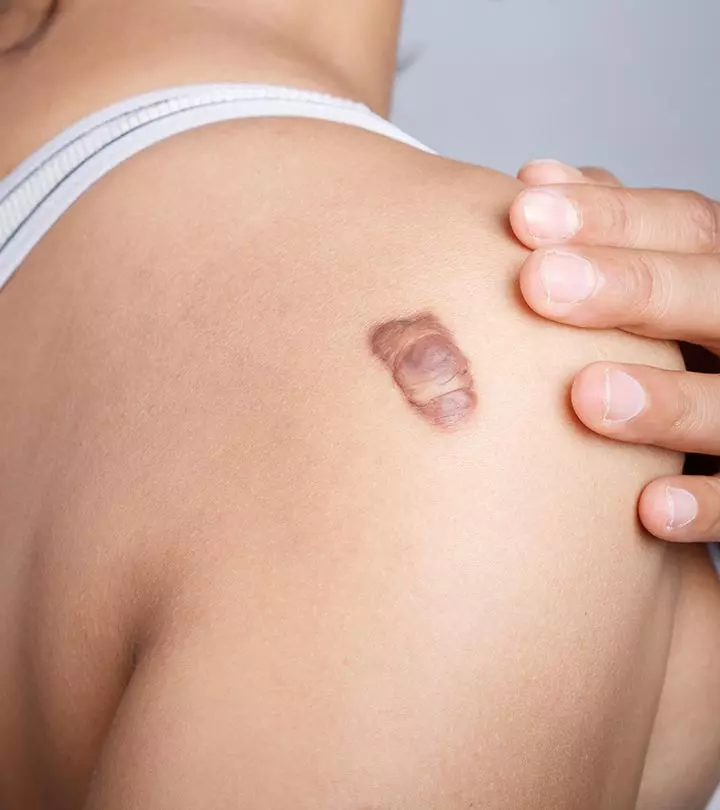
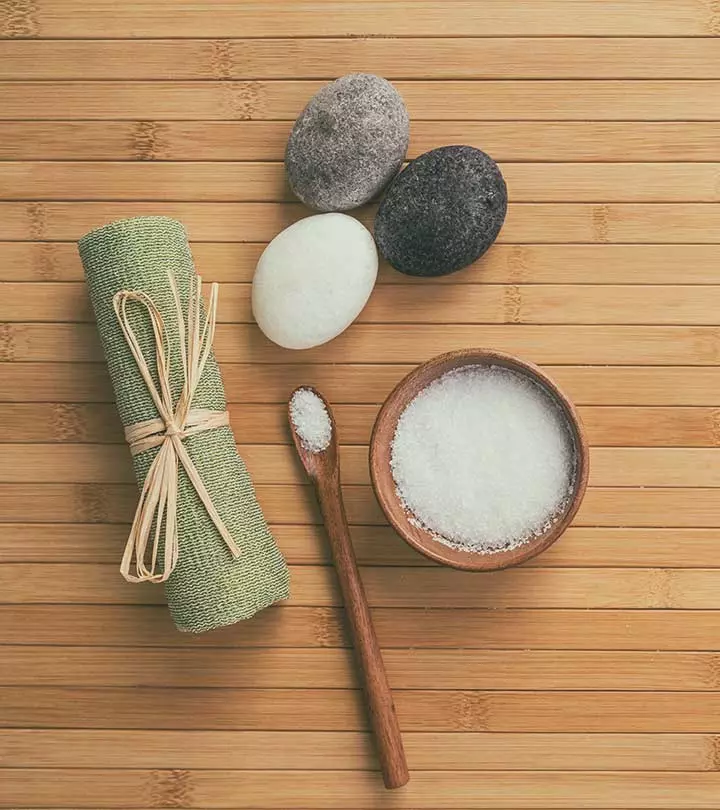
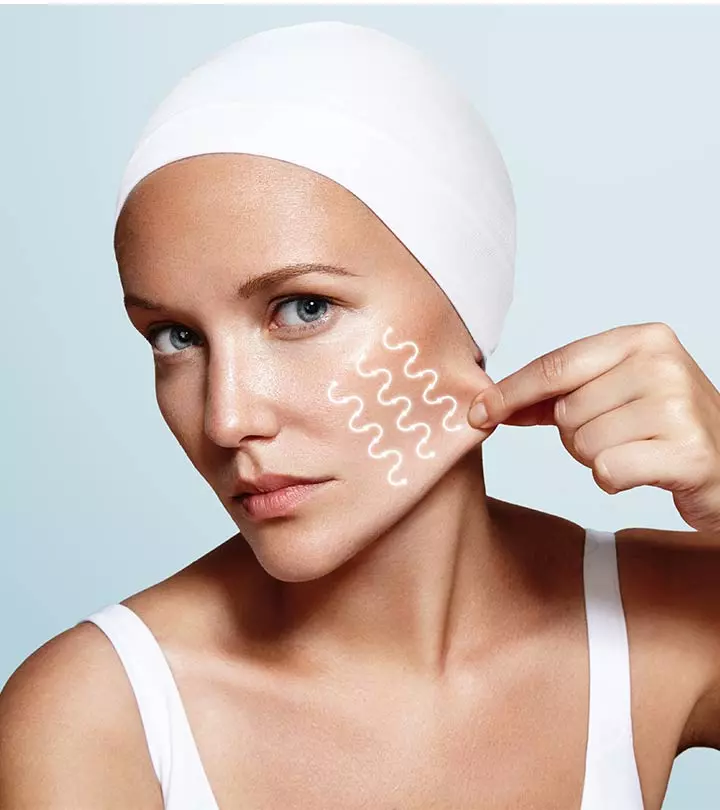
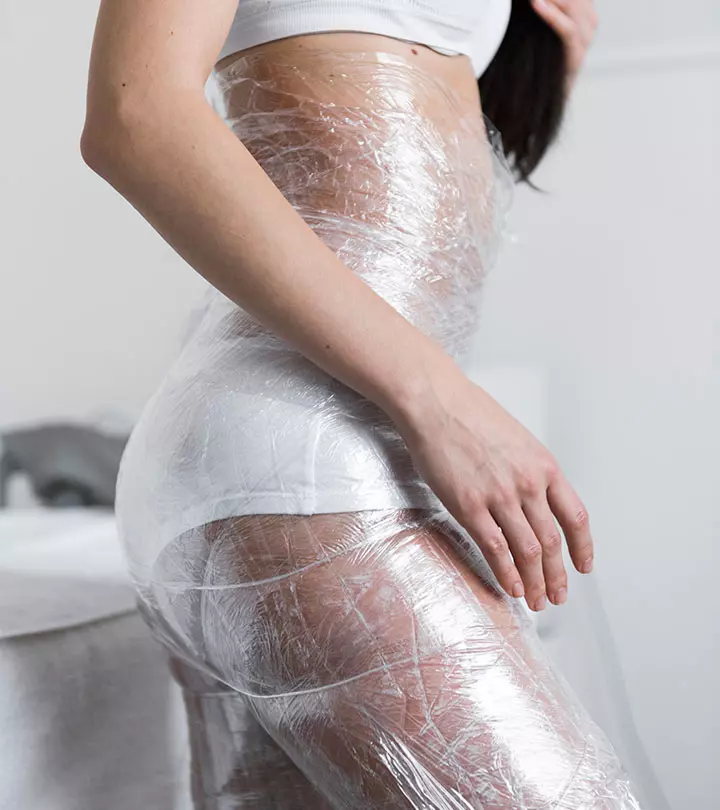
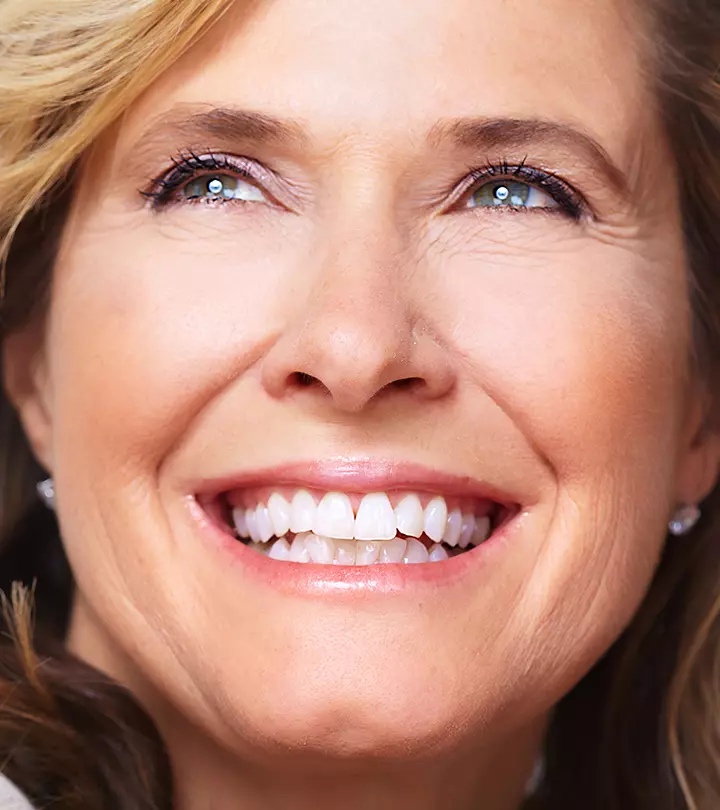

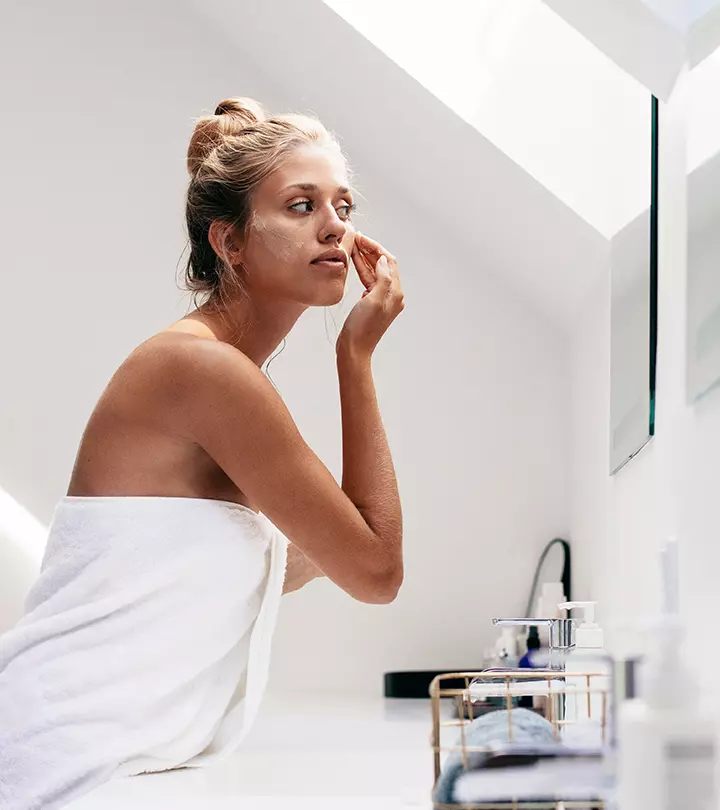

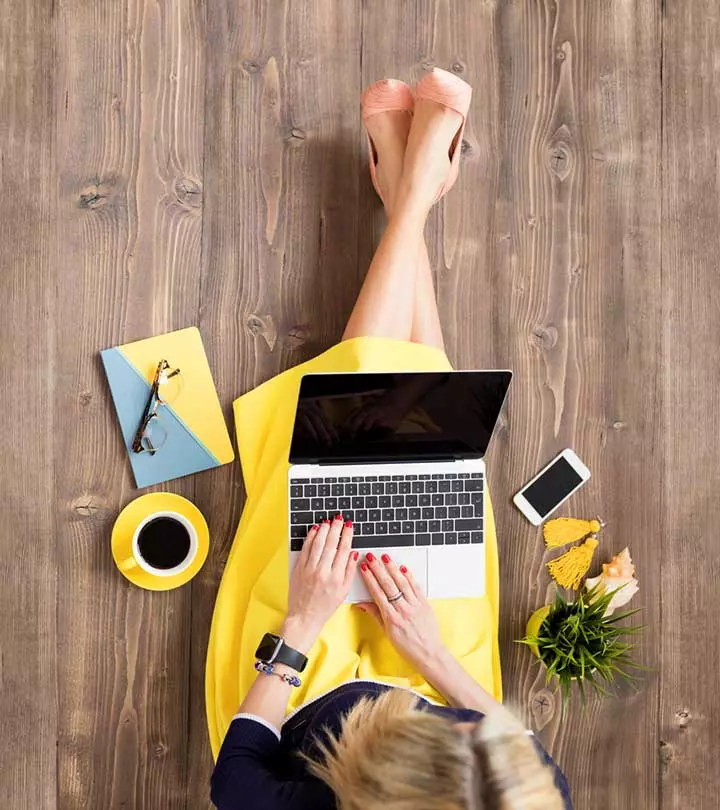


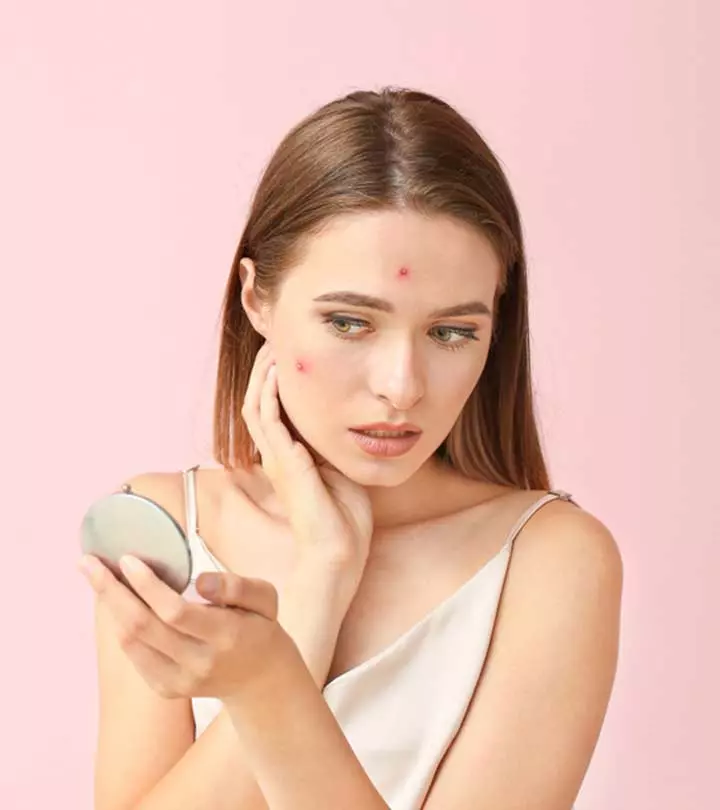
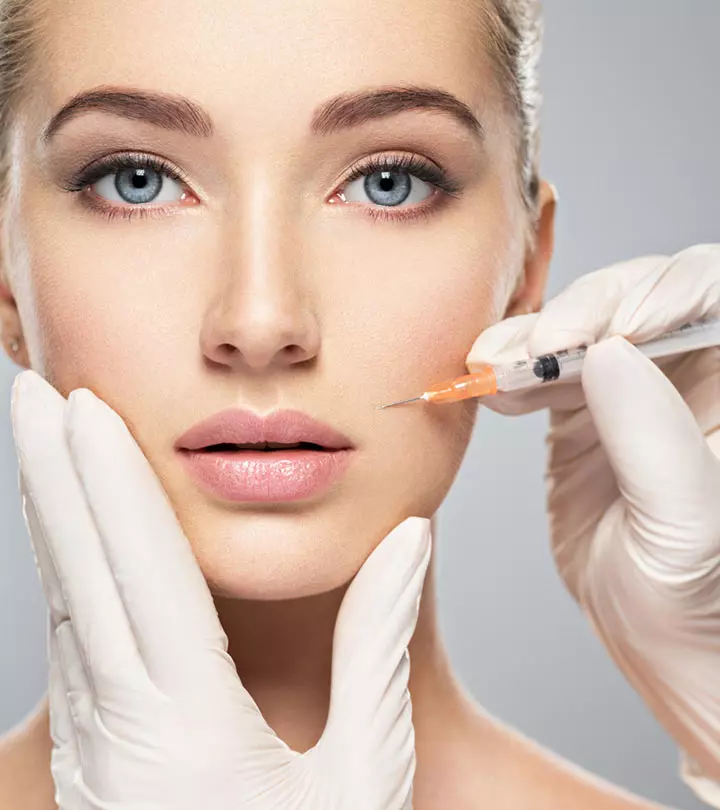
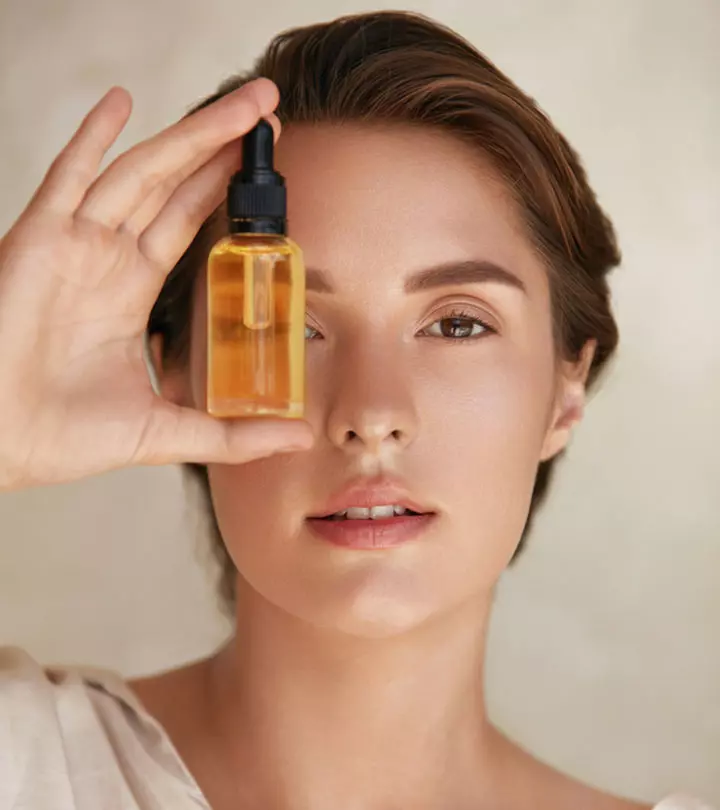

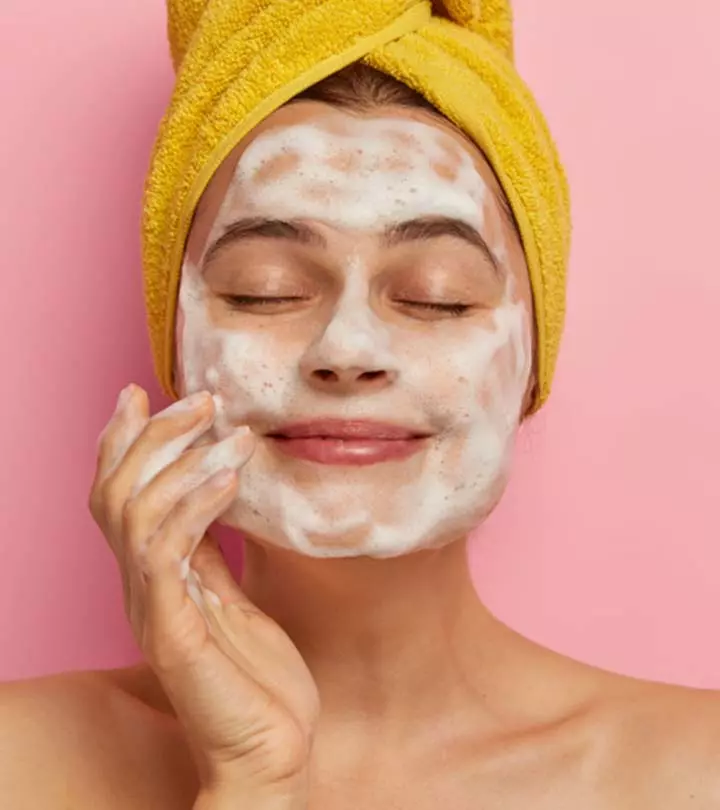
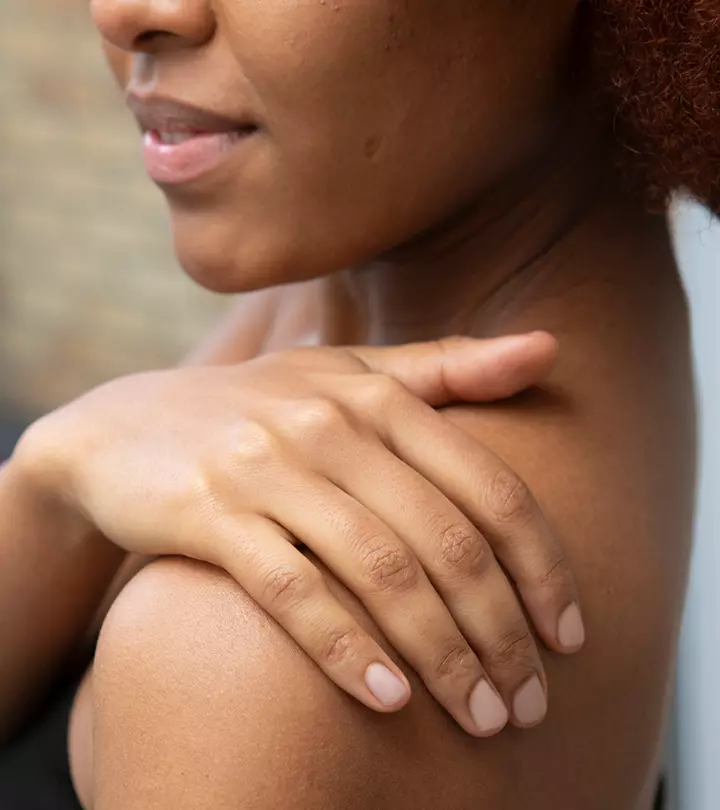

Community Experiences
Join the conversation and become a part of our empowering community! Share your stories, experiences, and insights to connect with other beauty, lifestyle, and health enthusiasts.